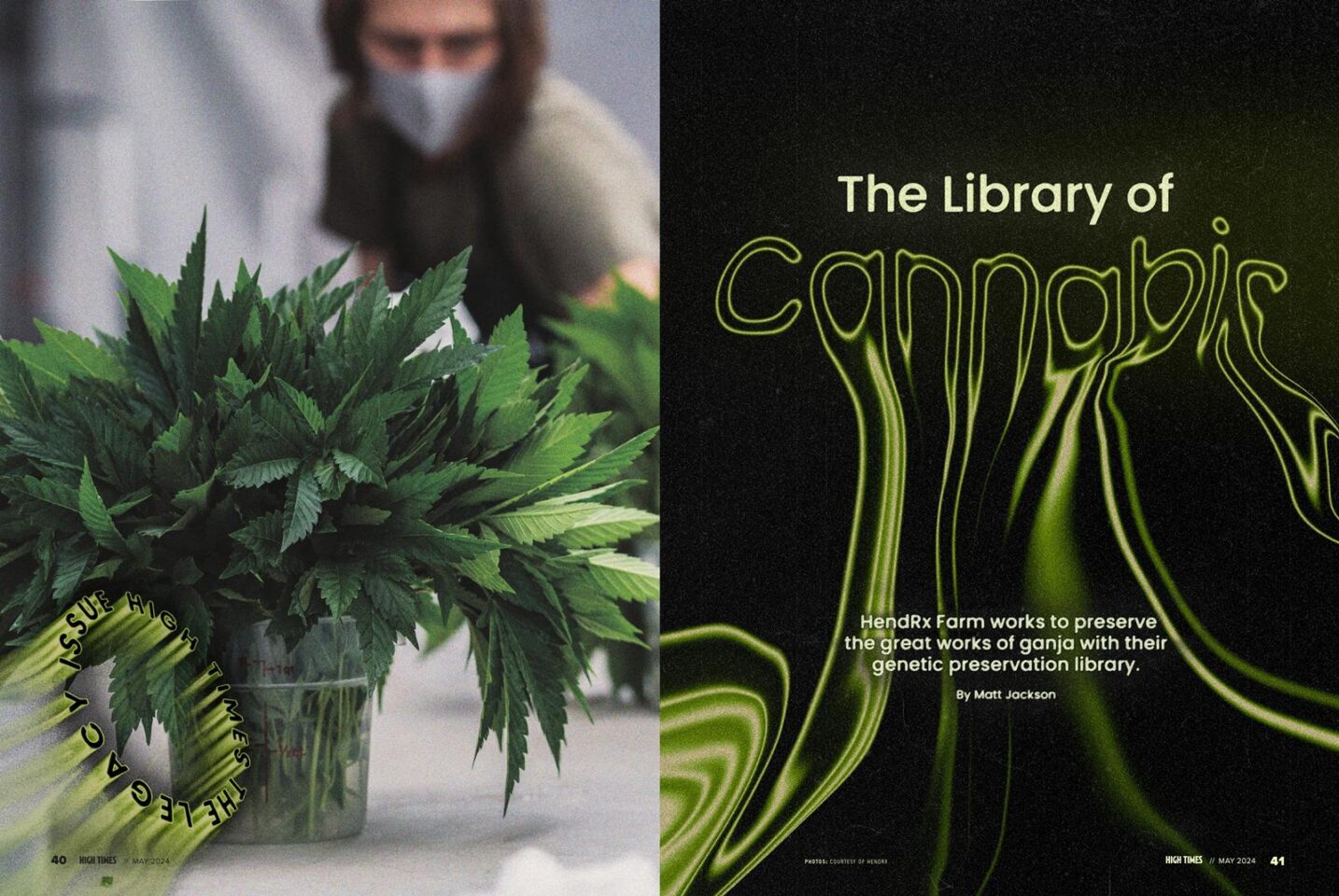
The Magic of Mushrooms | High Times
[ad_1]
You may have mastered the art of growing pot but how about growing psilocybin mushrooms? Welcome to Psilocybin: An Easy Guide to Growing and Experiencing the Potential of Magic Mushrooms explores how to grow mushrooms and trip with the best setting and intentions.
Written by Seth Warner, this book provides the basics for delving into the psychedelic world of mushrooms, with a foreword written by renowned psychedelic pioneer Dennis McKenna.
The book provides information on dosage, sourcing spores, psychedelic safety, and all the tools and instructions needed to successfully grow potent magic mushrooms at home. It also includes a brief overview of the individuals in history who have inspired Warner—notably Maria Sabina, as well as Terence and Dennis McKenna. Welcome to Psilocybin also covers the internet age of psilocybin including pioneer Robert McPherson, aka Psilocybe Fanaticus, who put together early emergent techniques that have since been refined.
Prior to Welcome to Psilocybin, Warner directed the San Francisco Psychedelic Society and helped decriminalize psilocybin in the city of Oakland, California in 2019. Alongside his work with these initiatives, he launched MycoRising to teach home-scale psilocybin cultivation and teaches new growers through his workshops and “Ready? Set. Grow!” online program.
Welcome to Psilocybin is a go-to introductory psilocybin mushroom resource which is critical in navigating the psychedelic with the most effective and safe techniques.
Below is an excerpt from Welcome to Psilocybin that covers a brief history of the activists behind bringing the use of mushrooms into Western consciousness.
————————————-
A Brief History
The story of mushroom cultivation has a very long history, and the history of psilocybin use goes back far beyond our ability to record it. Luckily, the history of cultivating psilocybin-containing mushrooms indoors is mostly recent. Let’s take a brief walk through the record of psilocybin in Western culture.

Maria Sabina
Maria Sabina (1894–1985) was a Mazatec curandera from a small village in Oaxaca, Mexico, who became known for her practice of using psilocybin mushrooms, which she called “little saints,” in healing ceremonies. Living a traditional rural life in the Sierra Mazateca mountains, Sabina was born into a family of healers and introduced to the use of sacred mushrooms at a young age. As a curandera deeply respected within her community and surrounding villages, Sabina used many methods in her healing practice, including psilocybin mushrooms, which facilitated communication with the spiritual world to help heal the sick.
Sabina’s life changed in 1955 when she was introduced to R. Gordon Wasson, an American banker and amateur mycologist who became the first Westerner to partake in a Mazatec ceremony involving psilocybin mushrooms. He published his account against Sabina’s will and inadvertently launched her to international fame and brought a damaging wave of attention and tourism to her small village.
In some ways, Sabina’s story is tragic. She lost her husband and two children, faced many challenges living in a remote village, and was then banished from her own village and even briefly jailed for her role in the surge of outside seekers who brought mass disruption with them.
Despite the immense challenges and tragedies, Sabina’s enduring spirit and profound dedication to healing left a lasting legacy. Her pioneering work as a Mazatec curandera brought the therapeutic potential of psilocybin mushrooms to light, forever transforming our understanding of these sacred tools. Sabina’s life also highlights the need to respect and preserve indigenous knowledge and traditions, and serves as a poignant reminder of the wisdom these cultures hold.
“Before Wasson, nobody took the children [the sacred mushrooms] simply to find God. They were always taken to cure the sick.” – Maria Sabina

The McKenna Brothers
About 20 years after the publication of the Life article that revealed Maria Sabina, Terence and Dennis McKenna journeyed to the Colombian Amazon seeking another indigenous tradition, a hallucinogenic snuff called yopo. After giving up hope to find this substance, the team camped out and awoke in a field exploding with Psilocybe cubensis and soon consumed enough mushrooms to write vividly about their experiences: The Invisible Landscape by Terence and Dennis, and The Brotherhood of the Screaming Abyss by Dennis.
Upon returning to the United States, Dennis developed a reliable method for cultivating P. cubensis that could be replicated outside the lab. It was an exhilarating adaptation of recent innovations in the world of mycology. Soon the brothers (under the pen names Oss and Oeric) published one of the first and best-known mushroom cultivation guides, Psilocybin: Magic Mushroom Grower’s Guide. The book is still in print, largely to mark a significant piece of history. The brothers launched a new era of democratized access to psilocybin, although their method was complex and required a high initial investment.

Internet Age, Professor Fanaticus
The initial success of the McKenna growing guide spurred interest, access, and experimentation just as internet use was becoming widespread. Various websites and message boards popped up to share information. No contribution was more notable than that of the late Robert McPherson, aka Psilocybe Fanaticus, who put together the best of emergent techniques, referred to as teks. He created a method, PF Tek, that removed obstacles and increased the accessibility of psilocybin by several magnitudes. PF Tek’s popularity is waning, as a variety of even simpler methods become available.

Shroomery and Beyond
In the late 1990s, the shroomery.com became a new home for mycology online and since then has spawned more new growers than any other source. While not always an easy-to-navigate resource for new growers, it provides a home for ongoing discourse, an often-nurturing community for new experimentation, and a constant source for innovation. At its core, the shroomery has been a cultural catalyst, further democratizing mushroom cultivation.
This article was originally published in the January 2024 issue of High Times Magazine.
[ad_2]


